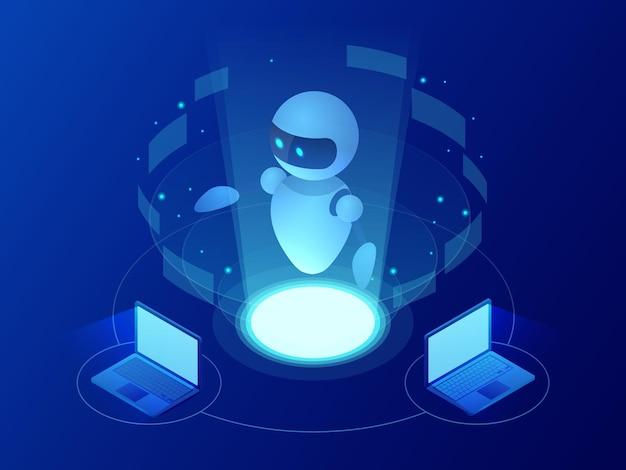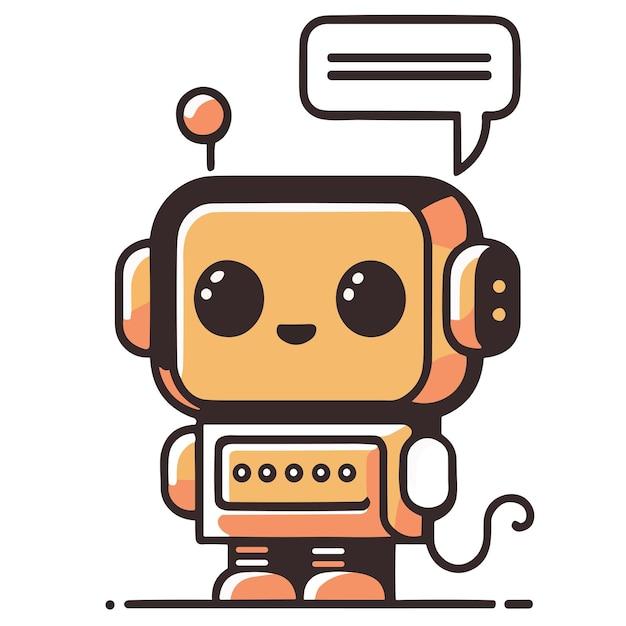As automation assumes an increasingly significant position in the enterprise world, UiPath Task Mining has emerged as a significant player in the automation landscape. Presently, many companies are utilizing task mining tools like UiPath to uncover hidden automation opportunities, understand the workflow and process bottlenecks, and enhance employee productivity. At the same time, process mining remains a critical component of digital transformation initiatives. It provides businesses with a wealth of insights to optimize their processes continually.
But what distinguishes task mining from process mining? Is one better than the other? In this blog, we’ll take an in-depth look at UiPath Task Mining vs. Process Mining. We’ll explore their differences, use cases, and preferred workflows. Additionally, we’ll address the merits of task mining over task capture and clarify some of the misconceptions about UiPath Task Mining.
Suppose you’re considering implementing task mining as part of your operations. In that case, it’s critical to understand the differences between task mining and process mining, as well as the benefits and drawbacks of each. This blog post serves as a comprehensive guide to help you decide which one is the best fit for your business. Let’s dive in!
UiPath Task Mining vs Process Mining: What’s the Difference
If you’re in the world of automation, you may have heard of UiPath and its various products, including Task Mining and Process Mining. But what’s the difference between the two? Let’s take a closer look.
What is UiPath Task Mining
UiPath Task Mining is a product that helps companies identify and analyze employee desktop activity. By recording employee interactions with various applications, Task Mining can help businesses identify areas where automation can be helpful.
What is UiPath Process Mining
UiPath Process Mining is a product that analyzes the data generated by a business’s applications and provides insights into how processes can be improved. This can help businesses identify inefficiencies and bottlenecks in their workflows.
How Do They Compare
While both Task Mining and Process Mining deal with automation, they approach the problem from different angles. Task Mining is focused on employee desktop activity, while Process Mining looks at the data generated by a business’s applications.
Additionally, Task Mining is most helpful for businesses that are just beginning to explore the power of automation. By identifying potential areas for automation, Task Mining can help businesses decide where to focus their automation efforts.
On the other hand, Process Mining is geared towards businesses that have already implemented some level of automation. By providing deeper insights into how processes can be improved, Process Mining can help businesses optimize their workflows and maximize the benefits of automation.
In summary, Task Mining and Process Mining are both valuable tools in the automation toolbox. Whether you’re just starting to explore automation or looking for ways to optimize your existing processes, UiPath has products that can help. By understanding the differences between Task Mining and Process Mining, you can choose the right tool for your needs and continue to grow your business with the power of automation.
Task Mining Use Cases
Task mining is becoming increasingly popular in organizations seeking to streamline their processes and identify inefficiencies. Here are some of the most common use cases for task mining:
Process Optimization
Task mining helps organizations identify areas for process optimization by analyzing how workers complete tasks and identifying areas where tasks can be automated or streamlined. By mapping out tasks and analyzing how they are completed, organizations can find ways to eliminate unnecessary steps, reduce errors, and increase efficiency.
Compliance and Quality Control
Task mining can also be used to monitor processes for compliance and quality control. By analyzing task completion data, organizations can identify areas where employees may be deviating from established processes or making errors that affect the quality of the end product. This allows companies to take corrective action and ensure that they remain compliant with regulations and standards.
Workforce Management
Task mining can also help organizations manage their workforce more effectively. By analyzing task completion data, companies can identify workers who may be struggling or who may benefit from additional training. This allows organizations to provide targeted training and support to employees, which can improve job satisfaction and productivity.
Customer Service
Task mining can also be used to improve customer service by analyzing customer interactions and identifying areas where service can be improved. By analyzing communication logs and call recordings, organizations can identify common customer concerns and find ways to address them more effectively.
Performance Management
Finally, task mining can be used to manage employee performance by reviewing task completion data and identifying areas where employees may need additional resources or support. This allows companies to provide targeted feedback and coaching to employees, which can improve job satisfaction and productivity.
Overall, task mining is a powerful tool for organizations seeking to optimize their processes, improve quality control, and manage their workforce more effectively. By using data to identify inefficiencies and areas for improvement, companies can stay competitive and ensure that they are meeting their goals and objectives.
UIPATH TASK MINING DOCUMENTATION
As with any software, having access to proper documentation is essential to the success of the user. UIPATH Task Mining provides a comprehensive documentation guide to assist with the installation, configuration, and usage of the software. Here are some of the essential components of the UIPATH Task Mining documentation:
Install and Configuration
The first step in using UIPATH Task Mining is to install and configure the software. In the documentation, you can find detailed installation instructions for different operating systems and system requirements. The configuration section covers how to set up the database, the orchestrator, and the task mining agent.
Overview and UI components
The UIPATH Task Mining documentation provides an overview of the user interface (UI) components available in the software. The UI components include nodes, data sources, and analytics views. The overview also includes a description of the various functionalities of the main components and the relationships between them.
Analytics views and Reports
The analytics views and reporting capabilities in UIPATH Task Mining allow users to gain insights into their business processes. The software provides various analytics views that enable users to visualize patterns and trends in their processes. The dashboards are customizable and provide real-time data insights on productivity, cycle time, and defect rates.
Using Task Mining
The documentation guide provides detailed instructions on how to leverage UIPATH Task Mining features to streamline your business operations. This includes how to record user interactions, define processes, and perform analysis. Additionally, the guide discusses how to configure and manage predictive models and alerts.
In conclusion, the UIPATH Task Mining documentation provides comprehensive information on how to install, configure, and use the software. It’s a valuable resource for users to refer to when trying to understand the functionalities of the application, as well as improve software usage and optimize business operations.
What is the difference between Process Mining and Task Mining
When it comes to business process optimization, Process Mining and Task Mining are two common strategies used by organizations today. However, while many people use these terms interchangeably as if they were synonymous, they are actually distinct concepts. Here’s what you need to know about the difference between Process Mining and Task Mining.
Process Mining
Process Mining is the practice of analyzing and optimizing an organization’s operational processes. Typically, this involves analyzing data in real-time to identify bottlenecks and inefficiencies in workflows, with the aim of optimizing them for better business performance. Process Mining helps companies gain greater visibility and understanding of processes, so they can identify bottlenecks and areas of waste, and then take steps to optimize workflows to save time and money.
Task Mining
On the other hand, Task Mining can be seen as a subset of Process Mining. While Process Mining concerns itself at the level of processes, Task Mining goes even further down to the level of individual tasks. In other words, it is a strategy for understanding and optimizing the way employees perform individual tasks. By analyzing each step of a task, Task Mining provides insights that help organizations identify inefficiencies and wasted time, so they can find ways to automate tasks and free employees up for more valuable tasks.
Key Differences
The key difference between Process Mining and Task Mining is that Process Mining looks at the overall process, while Task Mining focuses on individual tasks that make up the process. In other words, Process Mining helps organizations identify how to optimize processes to make them run more efficiently, while Task Mining helps organizations optimize tasks to make them faster and more effective.
Process Mining and Task Mining are two different approaches to optimizing business processes. While they have similarities, the key difference between them is that Process Mining focuses on optimizing processes as a whole, while Task Mining focuses on optimizing individual tasks. Both are important strategies for organizations looking to maximize efficiency and effectiveness, but they have different areas of focus and require different tools and methodologies. Depending on your business needs, you may want to prioritize one over the other – or use both in combination for maximum impact.



